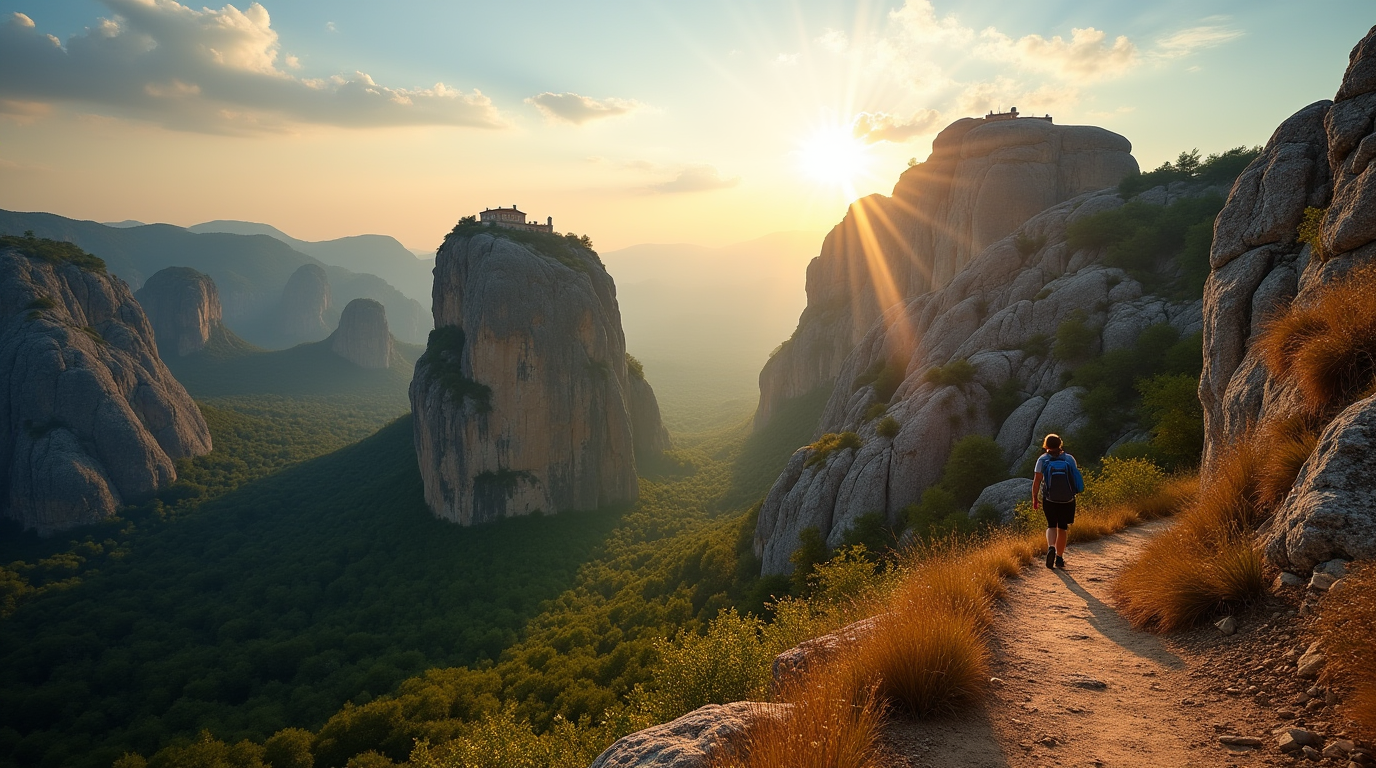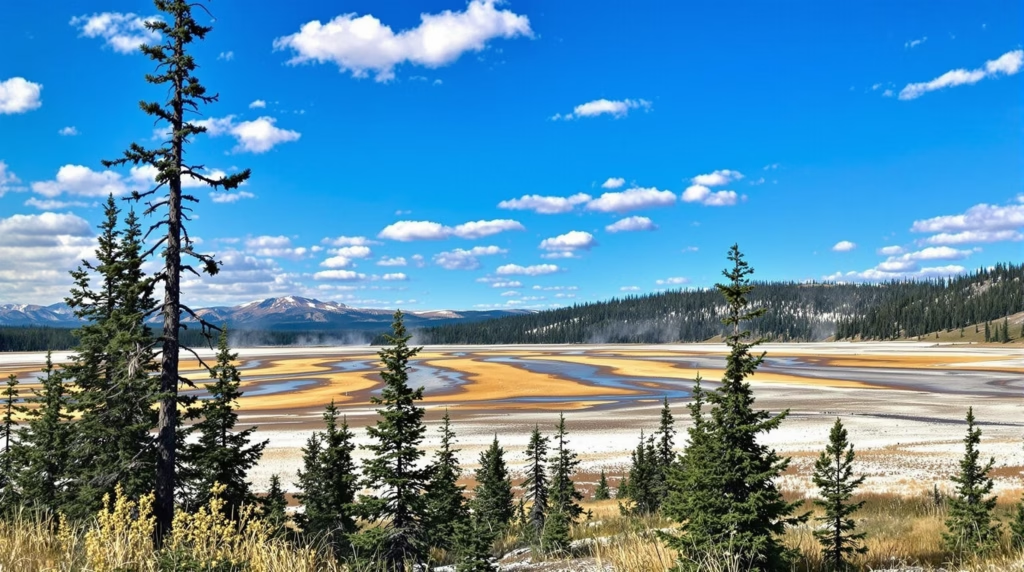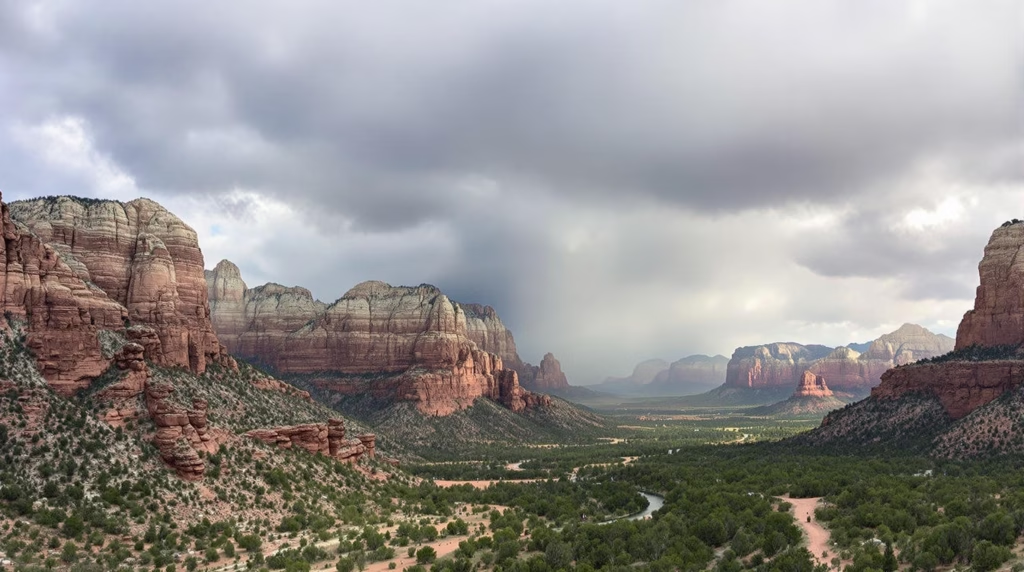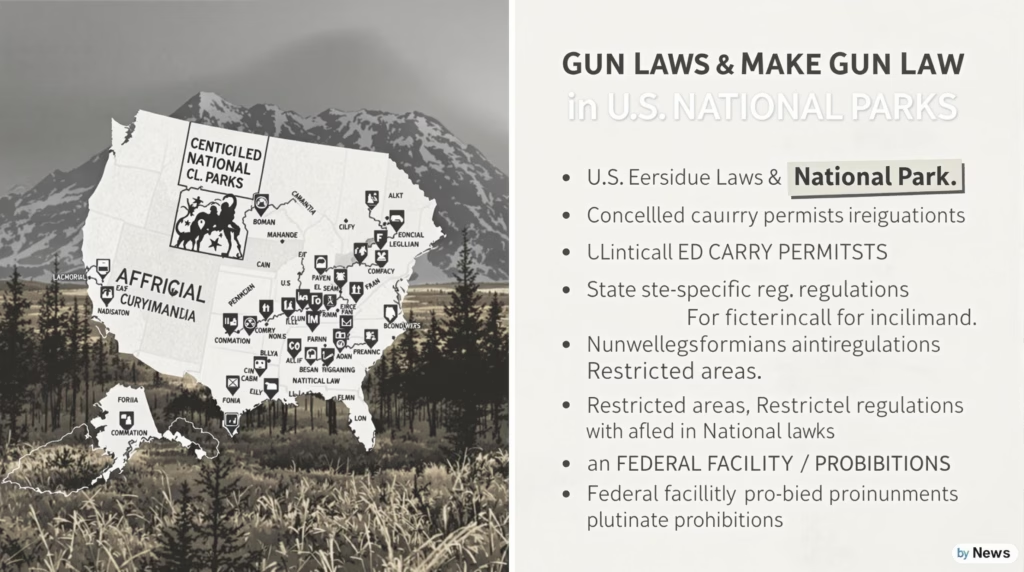Welcome, fellow adventurers and nature enthusiasts! Today, we’re exploring one of Greece‘s most awe-inspiring destinations – Meteora. Known for its unique rock formations and ancient monasteries perched atop towering pillars, Meteora offers an unparalleled hiking experience. In this comprehensive guide, we’ll dive into everything you need to know about hiking in Meteora Greece, from trail options to practical tips for making the most of your journey. After you are done reading this piece, please make sure to enjoy these blogposts: How to Make Coffee When Rafting the Grand Canyon, Can You Hike El Capitan, Dublin to Giant’s Causeway, Antelope Canyon The Wave: Arizona, and Glass Bridge Zhangjiajie National Forest Park
Where to Stay in Meteora Greece
Before we lace up our hiking boots and hit the trails, let’s discuss accommodation options. Choosing the right place to stay can greatly enhance your hiking in Meteora Greece experience. The two main towns that serve as bases for exploring Meteora are Kalambaka and Kastraki.
- Kalambaka:
- Larger town with more amenities
- Wide range of accommodation options
- Better for those who prefer urban conveniences
- Kastraki:
- Smaller, more traditional village
- Closer to the rock formations and hiking trails
- Offers a more authentic, peaceful atmosphere
Some top-rated accommodation options for hikers include:
- Doupiani House Hotel (Kastraki): Offers stunning views of Meteora and easy access to trails
- Dellas Boutique Hotel (Kastraki): Comfortable rooms and helpful staff for hiking information
- Divani Meteora Hotel (Kalambaka): Luxurious option with a pool for post-hike relaxation
- Guesthouse Vavitsas (Kalambaka): Budget-friendly with a homely atmosphere
Whichever you choose, make sure to book in advance, especially during peak season (June to September), as accommodations can fill up quickly with visitors eager to experience hiking in Meteora Greece.
How to Get to Meteora Greece
Now that we’ve sorted out where to stay, let’s look at how to reach this hiking paradise. Meteora is located in central Greece, and while it may seem remote, it’s actually quite accessible.
- By Train:
- Most convenient option for many travelers
- Regular services from Athens (5 hours) and Thessaloniki (3 hours)
- Scenic route, especially the final stretch into Kalambaka
- By Bus:
- KTEL buses operate from major Greek cities
- Longer journey but often cheaper than train
- Less frequent than trains, so check schedules in advance
- By Car:
- Offers flexibility for hiking in Meteora Greece
- About 4 hours drive from Athens, 2.5 hours from Thessaloniki
- Well-maintained roads, but mountainous terrain requires careful driving
- By Organized Tour:
- Many companies offer multi-day tours including transportation
- Good option if you prefer a structured experience
- May limit your hiking time, so choose carefully if hiking is your priority
Whichever method you choose, the journey to Meteora is part of the adventure, offering beautiful views of the Greek countryside.
Map of Meteora Greece: Understanding the Terrain
Before we delve into the hiking trails, let’s get oriented with a map of Meteora Greece. The region is compact, covering an area of about 7 square kilometers, but packed with natural and historical wonders.
Key points on the map of Meteora Greece include:
- The towns of Kalambaka and Kastraki
- The six active monasteries:
- Great Meteoron
- Varlaam
- Roussanou
- Holy Trinity
- St. Stephen’s
- St. Nikolaos Anapafsas
- Major rock formations like Adrachti (the Spindle) and Doupiani Rock
- Main hiking trails connecting these points
Text-based Map of Meteora Greece
Click to open code
This simplified map of Meteora Greece shows the relative positions of the main towns and monasteries. In reality, these landmarks are scattered among the unique rock formations that make Meteora famous. When planning your hikes, use this as a general guide, but always refer to detailed, up-to-date hiking maps for accurate trail information.
Hiking Trails: A Journey Through Time and Nature
Now that we’re oriented, let’s explore some of the best trails for hiking in Meteora Greece. The region offers a variety of routes suitable for different fitness levels and interests.
- The Great Saint Round:
- Difficulty: Moderate to challenging
- Duration: 5-6 hours
- Highlights: Passes by all six monasteries, offering panoramic views
- Ypapanti Monastery Trail:
- Difficulty: Easy to moderate
- Duration: 2-3 hours
- Highlights: Hidden monastery, beautiful forest path
- Adrachti Peak Trail:
- Difficulty: Challenging
- Duration: 4-5 hours
- Highlights: Climb to the base of the iconic Adrachti pillar, breathtaking views
- Old Kalambaka to Holy Trinity Monastery:
- Difficulty: Moderate
- Duration: 3-4 hours
- Highlights: Ancient cave dwellings, approach to Holy Trinity Monastery
- Doupiani Rock Circuit:
- Difficulty: Easy
- Duration: 1-2 hours
- Highlights: Perfect for sunset views, good introduction to the area
Remember, these are just a few options for hiking in Meteora Greece. The region offers countless opportunities for exploration, from well-marked trails to more adventurous scrambles.
Best Time for Hiking in Meteora Greece
While hiking in Meteora Greece is possible year-round, certain seasons offer better conditions:
- Spring (April to June): Mild temperatures, wildflowers in bloom
- Fall (September to November): Clear skies, comfortable temperatures, beautiful foliage
- Summer (July to August): Long days but can be very hot; start early to avoid midday heat
- Winter (December to March): Dramatic scenery but cold; some trails may be slippery or closed
Regardless of when you visit, always check local weather forecasts and trail conditions before setting out.
Essential Tips for Hiking in Meteora Greece
To make the most of your hiking adventure, keep these tips in mind:
- Wear proper footwear: The terrain can be rocky and uneven
- Bring plenty of water: There are few water sources on the trails
- Respect the environment: Stay on marked trails and pack out all trash
- Start early: Especially in summer, to avoid the midday heat
- Carry a detailed map: While trails are generally well-marked, a map is essential
- Respect monastery dress codes: If visiting monasteries, dress modestly (covered shoulders and knees)
- Check monastery opening hours: They vary and some close on certain days
- Bring a camera: The views are truly spectacular
Combining Hiking and Monastery Visits
One of the unique aspects of hiking in Meteora Greece is the opportunity to visit ancient monasteries along the way. Here are some tips for combining your hike with monastery visits:
- Plan your route to include monastery stops
- Check opening hours and days in advance
- Bring cash for entry fees (usually around €3 per monastery)
- Allow extra time for exploring each monastery
- Be respectful of the monastic environment
Remember, these monasteries are not just tourist attractions but active religious communities. Treat them with the respect they deserve.
Guided vs. Self-Guided Hiking in Meteora Greece
While many trails are well-marked and suitable for self-guided hikes, joining a guided tour can enhance your experience of hiking in Meteora Greece. Benefits of guided hikes include:
- Local knowledge of the best trails and viewpoints
- Historical and geological insights
- Safety in more challenging terrain
- Potential to explore lesser-known areas
However, self-guided hikes offer more flexibility and a sense of adventure. Choose based on your experience level and preferences.
Beyond Hiking: Other Activities in Meteora
While hiking in Meteora Greece is a highlight, the region offers other activities to round out your visit:
- Rock climbing: Meteora is a world-class climbing destination
- Sunset tours: If you’re short on time or less mobile
- Photography tours: Capture the unique landscape
- E-bike tours: Cover more ground with less effort
- Visit the Natural History Museum of Meteora and Mushroom Museum
Preserving Meteora: Responsible Tourism
As you enjoy hiking in Meteora Greece, it’s crucial to practice responsible tourism:
- Stay on marked trails to prevent erosion
- Do not remove any plants, rocks, or artifacts
- Respect wildlife and maintain a safe distance
- Support local businesses
- Learn about and respect local customs and traditions
By being a responsible visitor, you help preserve Meteora for future generations of hikers and nature lovers.
Practical Information for Hiking in Meteora Greece
Before we conclude, here’s some practical information to help you plan your trip:
- Emergency number: 112
- Kalambaka Police: +30 24320 22246
- Kalambaka Health Center: +30 24320 22222
- Meteora Natural History Museum: +30 24320 24959
- Thessaly Tourism Office: +30 24310 73119
Conclusion: The Magic of Hiking in Meteora Greece
Hiking in Meteora Greece is more than just a physical activity – it’s a journey through a landscape that seems to defy reality. As you walk among the towering rock pillars, with ancient monasteries perched impossibly above, you’re not just exploring nature, but stepping into history.
Whether you’re an experienced hiker looking for a challenge or a casual walker seeking beautiful views, Meteora offers an experience like no other. The combination of natural wonders, rich history, and spiritual significance creates a truly unique hiking destination.
So lace up your boots, grab your map, and get ready for an unforgettable adventure. The rocks of Meteora are calling, and a world of wonder awaits on the trails. Happy hiking!



